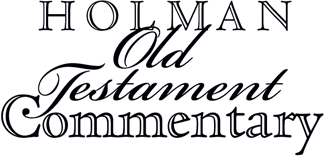
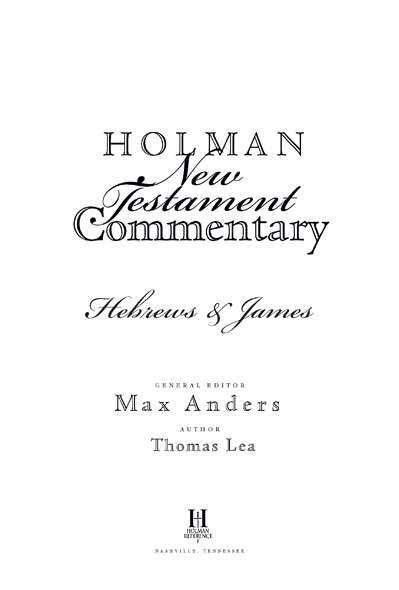

T o my children,
Lisa, Marcie, and
Cliff, whose
support, encouragement,
and prayers have
sustained my life
and writing.
Thomas Lea
January 1999
Editorial Preface
Today's church hungers for Bible teaching and Bible teachers hunger for resources to guide them in teaching God's Word. The Holman New Testament Commentary provides the church with the food to feed the spiritually hungry in an easily digestible format. The result: new spiritual vitality that the church can readily use.
Bible teaching should result in new interest in the Scriptures, expanded Bible knowledge, discovery of specific scriptural principles, relevant applications, and exciting living. The unique format of the Holman New Testament Commentary includes sections to achieve these results for every New Testament book.
Opening quotations from some of the church's best writers lead to an introductory illustration and discussion that draw individuals and study groups into the Word of God. In a Nutshell summarizes the content and teaching of the chapter. Verse-by-verse commentary answers the church's questions rather than raising issues scholars usually admit they cannot adequately solve. Bible principles and specific contemporary applications encourage students to move from Bible to contemporary times. A specific modern illustration then ties application vividly to present life. A brief prayer aids the student to commit his or her daily life to the principles and applications found in the Bible chapter being studied. For those still hungry for more, Deeper Discoveries take the student into a more personal, deeper study of the words, phrases, and themes of God's Word. Finally, a teaching outline provides transitional statements and conclusions along with an outline to assist the teacher in group Bible studies.
It is the editors' prayer that this new resource for local church Bible teaching will enrich the ministry of group, as well as individual, Bible study, and that it will lead God's people to truly be people of the Book, living out what God calls us to be.
Contributors
| Vol. 1 Matthew | Vol. 7 1 & 2 Corinthians |
| Stuart Weber | Richard Pratt |
| Pastor | Professor of New Testament |
| Good Shepherd Community Church | Reformed Theological Seminary |
| Boring, Oregon | Maitland, Florida |
| Vol. 2 Mark | Vol. 8 Galatians, Ephesians,
Philippians, Colossians |
| Rod Cooper | Max Anders |
| Professor | Senior Pastor |
| Denver Theological Seminary | Castleview Baptist Church |
| Denver, Colorado | Indianapolis, Indiana |
| Vol. 3 Luke | Vol. 9 1 & 2 Thessalonians, |
| Trent C. Butler | 1 & 2 Timothy, Titus, Philemon |
| Editor, Bibles | Knute Larson |
| Broadman & Holman Publishers | Senior Pastor |
| Nashville, Tennessee | The Chapel |
| Akron, Ohio |
| Vol. 4 John |
| Glen E. Wagner | Vol. 10 Hebrews, James |
| Senior Pastor | Thomas Lea |
| Calvary Church | Dean, School of Theology |
| Charlotte, North Carolina | Southwestern Baptist Theological Seminary |
| Ft. Worth, Texas |
| Vol. 5 Acts | Vol. 11 1 & 2 Peter, 1, 2, 3 John, Jude |
| Kenneth Gangel | David Walls & Max Anders |
| Professor of Practical Theology and Ministry | Pastor |
| Toccoa Falls College | Church of the Open Door |
| Toccoa Falls, Georgia | Elyria, Ohio |
| Vol. 6 Romans | Vol. 12 Revelation |
| Kenneth Boa | Kendell Easley |
| President | Professor of New Testament |
| Reflections Ministry | Mid-America Baptist Theological Seminary |
| Atlanta, Georgia | Memphis, Tennessee |
Holman New Testament
Commentary
Twelve volumes designed for Bible study and teaching to enrich the local church and God's people.
| Series Editor | Max Anders |
| Managing Editors | Trent C. Butler |
| Project Manager | Lloyd W. Mullens |
| Marketing Manager | Wendell Overstreet |
| Product Manager | David Shepherd |
| Typesetter | TF Designs, Mt. Juliet, TN |
Introduction to
Hebrews
 AUTHORSHIP
AUTHORSHIP
The book is anonymous. We find no name for a stated author. Best suggestion for authorship is that given by Origen, Christian leader in the third century, who said, But as to who actually wrote the epistle, God knows the truth of the matter.
Eastern Christianity viewed Paul as the author, even though those who supported Pauline authorship knew that the language did not resemble Paul's other letters. Western Christianity did not accept Pauline authorship until the fourth century. They felt that the letter had great authority, but many saw it as anonymous and non-Pauline.
The writer of Hebrews held to the same basic apostolic teaching as Paul, but he wrote with a different style and quoted the Old Testament differently from the apostle.
Among possible authors suggested are Luke, Apollos (see Acts 18:24), Barnabas, Priscilla, and Aquila.
The author identified himself as a second-generation Christian (see Heb. 2:3), and he wrote with an excellent literary style and a vivid vocabulary.
The original readers of the book knew the writer's name, for he asked for prayers that he might be able to visit them (13:1819) and expressed the hope that Timothy would come with him (13:23).
ORIGINAL READERS OF HEBREWS
The title To the Hebrews, though not original, can be traced back to the last quarter of the second century. The readers of this book were familiar with the Old Testament and knew the ritual of the Book of Leviticus and the details of the tabernacle. The intended audience was probably Jewish believers with a similar background to those Jews who wrote the Dead Sea Scrolls. They were not eyewitnesses to Jesus, but they had learned of him from those who were (Heb. 2:34).
They had faced persecution and endured abuse, imprisonment, and loss of property for their faith, but not martyrdom (Heb. 10:3239; 12:4). They demonstrated their faith by serving fellow believers and particularly supported those who endured persecution (Heb. 6:10; 10:34).
They had ceased to grow as Christians and were falling away from the commitment they had known (Heb. 5:116:12). The writer rebuked them for not meeting together often enough (10:2425). They were in danger of lapsing into sin (3:1214).
The readers of Hebrews may have been in danger of returning to Judaism in order to avoid persecution. The author warned them against such apostasy (6:49; 10:2631) and urged them to return to the mainstream of Christian fellowship.
Knowing where the intended audience lived is difficult to determine. Among locations suggested are Jerusalem, Alexandria, and Rome, with the latter being the best possibility.
Next page
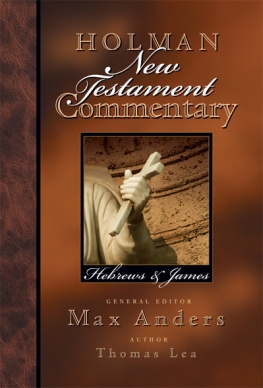
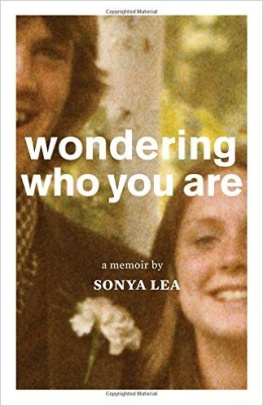
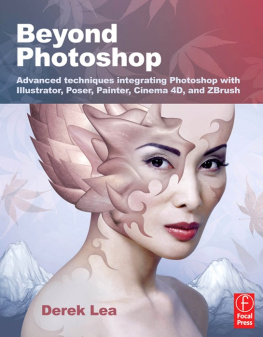


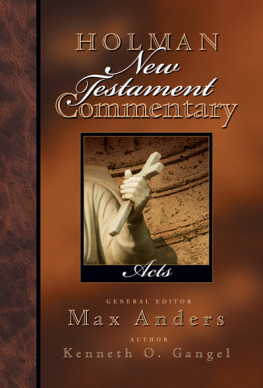
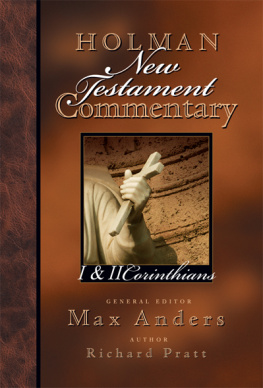
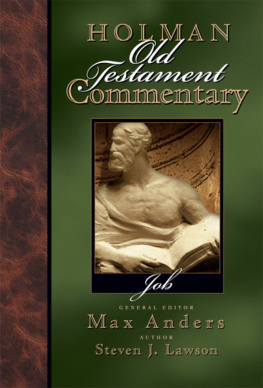
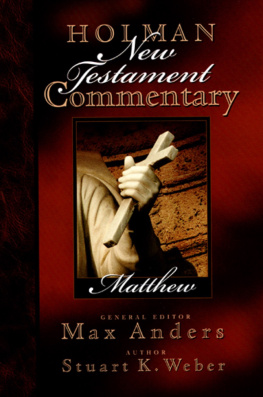
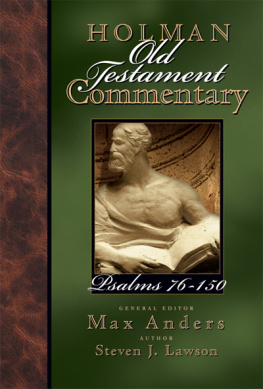

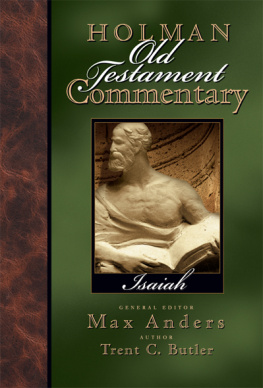
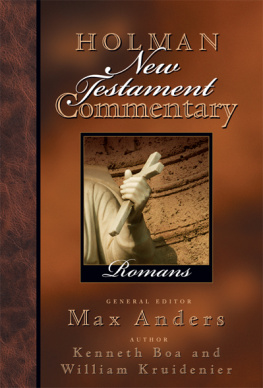
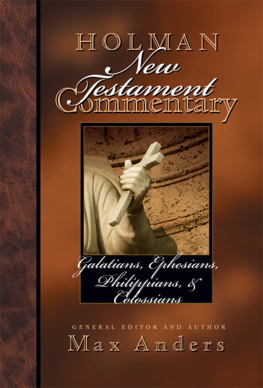
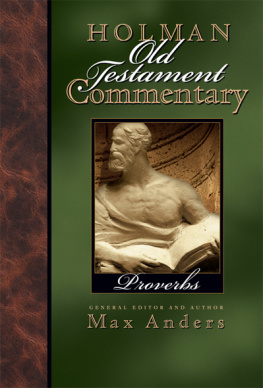
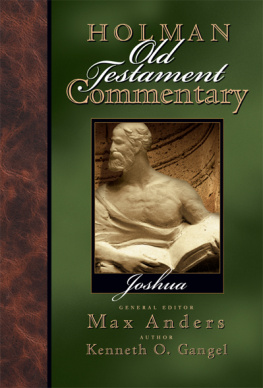
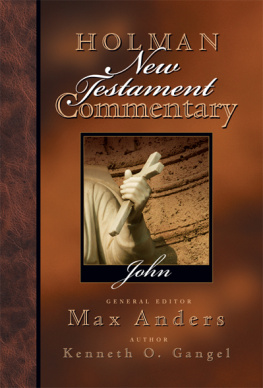



 AUTHORSHIP
AUTHORSHIP